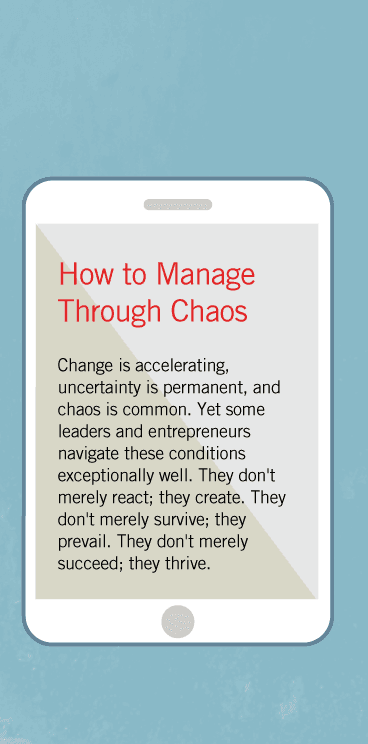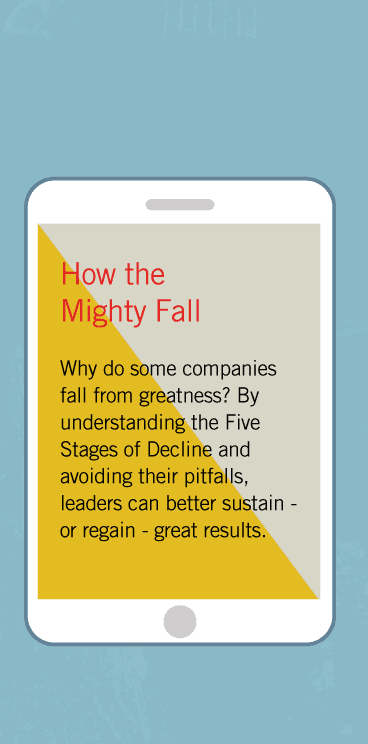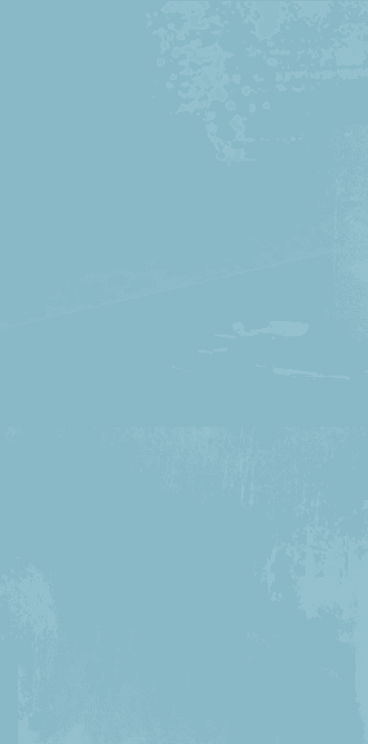The Highest Goal: The Secret that Sustains You in Every Moment
At 3:20, I ambled into the seminar room, found a seat, and waited for class to begin. My classmates and I talked amongst ourselves, chatting about our summer job experiences and class schedules—waiting for the professors, Michael Ray and Rochelle Myers, to begin.
Nothing happened, so we chatted some more.
Still nothing happened.
Finally we noticed Michael and Rochelle sitting at the front of the room, waiting. The noise gradually died down, as each clump of chattering students noticed the teachers waiting patiently for us to turn our attention. Finally, Rochelle Myers—she couldn't have been more than five feet high, wearing a long flowing muumuu sort of thing with a giant silver medallion hanging down the front—stood up and said in a barely audible voice, almost a whisper: "You are about to embark on a ten-week journey to discover your deepest inner essence."
I immediately began flipping through the course catalogue for a replacement. My absorption in course listings was interrupted by Michael Ray starting us on a meditation exercise. "Breathe deeply, and slowly," said Michael. "Sense the energy in the toes of your right foot. Feel it begin to move through your foot. Concentrate on your right foot. Nothing to do but sense your right foot . . ." Somehow, it seemed to me, I'd made a very bad mistake.
That evening I told my wife Joanne that I had a great class schedule, "except for this one course that I'm going to drop." I told her about Rochelle and her muumuu thing, and about Michael—who reminded me of Yogi Bear in a rumpled professor's suit (only later did I discover that he really is a yogi, as in a spiritual guide)—leading us in meditation exercises. I'd majored in applied math in college. I'd worked at McKinsey. I had (and still have) a passionate love affair with data-driven analysis and research.
Joanne listened and then said simply, "I think that course might be really good for you. Why don't you stay in and just see what happens?"
What happened is simply this: I would not be where I am today, with the wonderful life I've been given, without that course. And I am not alone in this experience. Not a year goes by when I do not run into other graduates who feel just as I do, grateful that they had the course early in their lives. We did not know it at the time, but the experience would be the first step in a life-long journey toward the topic of this book: finding and pursuing with courage and perseverance one's highest goal.
Still, the experience proved challenging for an insecure data geek. "When are we going to get some techniques for being creative, or management methods for making innovative products?" I challenged a couple of weeks into the course. I wanted tools, techniques, methods—something practical and useful.
Michael responded with the story of a businessman who visited a Zen master seeking enlightenment. They sat down for tea, the businessman blabbering on about all the issues and challenges in his life, and his quest for achievement and direction and meaning and purpose and . . . the master said nothing, pouring tea. With the cup full, the master kept pouring, the tea flowing into the saucer, onto table, and finally into the man's lap.
"Hey! What are you doing?" yelped the businessman, leaping up as the scalding hot water seeped into his pants.
"Your cup is too full," said the master. "You add and add and add and add and add and add to your life. There is no room for enlightenment until you empty your cup."
Michael and Rochelle explained that this would not be a journey of adding skills and knowledge, but one of taking away barriers to creative potential. They operated from the premise that there is no such thing as an "uncreative person," but only those whose creativity is covered up. They endeavored to show us that we had a box of creative treasure in the attic, and all we had to do was a disciplined spring cleaning—tossing aside all the junk covering up the treasure box—so that we could open it up and look inside. The very point of it all lay in a fundamental challenge issued to each of us: Make your life itself a creative work of art.
In the years since, I've come to believe that there are two approaches to life. The first, followed by most, is the "paint by numbers kit" approach to life. You do what other people say. You follow a well-traveled path. You stay within the lines. And you end up with a nice, pretty—and unimaginative—picture. The second, followed by few, is to start with a blank canvas and try to paint a masterpiece. It is a riskier path, a harder path, a path filled with ambiguity and creative choice. But it is the only way to make your life itself a creative work of art. To paint a masterpiece requires a concept, a place to begin, a guiding context in the absence of the comforting numbers and lines in the pre-made kit. That guiding frame of reference is the highest goal, and bringing it into your life with the help of Michael's discoveries is what this book is all about.
When I took the creativity course in 1982, Professor Ray had not articulated the notion of the highest goal. Yet the idea was there all along, as an overarching framework, a hidden architecture for the entire creativity experience. Now, two decades later, Michael has identified and made visible that previously invisible meta-concept, and he brings it forth in these pages.
A core process—both in the course and in this book—is the idea of "live-with" heuristics. These are mantras of living that you implement for a period of time (usually a week or more), and reflect on the experience. At Stanford, we were challenged with such live-with assignments as: If at First You Don't Succeed, Surrender. Pay Attention! Ask Dumb Questions. Destroy Judgment, Create Curiosity. Don't Think About it. Be Ordinary. And the hardest live-with of all: Do Only What Is Easy, Effortless and Enjoyable. This last one came right at mid-terms, and posed a problem: If I did only what was easy, effortless and enjoyable, I'd skip my midterm exams. So how could I fulfill the assignment in the creativity class without failing my other classes?
I decided to view midterms as like the fourth pitch of the Naked Edge rock climb in Eldorado Canyon, Colorado. The Naked Edge has some of the most beautiful and spectacular climbing in all of North America; it is a perfect climb—except for the fourth pitch. Every time I climb the Naked Edge, I dread the fourth pitch. You have to climb up into an overhanging, downward flaring slot and wedge your body, like climbing up the inside of a bell—your feet slip and slide on the overhanging walls in the opening of the bell bottom, while your shoulders get all stuck and wedged in the tight upper cavity of the bell. It's an odd combination of claustrophobia and insecurity, made worse by the fact that none of the protection gear on the pitch is bomb-proof. (It's entirely possible if you fall out the bottom of the bell that some or all of the gear would pull out, and you'd take a long, perhaps bone shattering fall). Yet despite the fourth pitch, I've climbed the Naked Edge perhaps thirty times. Taken alone, the fourth pitch is just stress and drudgery. Taken in context of being in an amazing location on a beautiful day with a great comrade climbing partner, doing a sport that I love—well, the fourth pitch becomes part of an overall joyful day. I reframed midterms to be like the fourth pitch of the Naked Edge, and sailed through with a much improved frame of mind.
Michael's idea of the highest goal takes this idea to a much deeper level, a philosophical and spiritual answer to the question: What is your Naked Edge in life? What higher aspiration and purpose can you pursue with such passion that you can endure and gain strength for the stress and drudgery—the fourth pitch—required for the attainment of worthwhile and meaningful work?
The Highest Goal is the distillation of years of accumulated wisdom from a great teacher who had the humility to view his thousands of students as his teachers. What I most value about this book is its personal orientation. Professor Ray speaks directly to the individual, about what you can do to discover and follow your highest goal in life. It is a deeply subversive work; if you follow its teachings to their logical conclusion, you will almost certainly make significant changes in how you orient your life. In my own case, Michael and Rochelle challenged me in my mid-twenties to forgo the strictures of a traditional path, and to carve my own unique path in life. Their prodding set me on a path to find a happy, productive intersection between passion (what I love to do), genetic encoding (what I was put here on this earth to do), and economics (what I can make a living at). I discovered, in other words, the path to my highest goal. Perhaps, through the pages of this book, the same will happen for you.
Jim Collins
Boulder, Colorado
January 1, 2004






